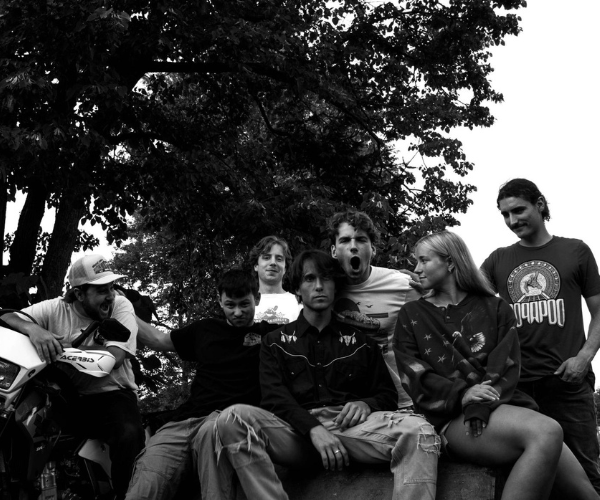Reclining upon the viewing bench, I appear as if I know art. But inside, I sometimes wonder why a particular painting deserves to be hanging in a nationally recognized museum.
With a collection of paintings from the big guns of the 19th- and 20th-century European art scene rolling into the Cleveland Museum of Art this month, there's no time like the present to look this intimidation right in its abstract, postmodernist eye. Aided by Tom Hinson, CMA's curator for Masterworks from The Phillips Collection while it resides in Cleveland, and "art beyond isms," the official book on the collection by Johanna Halford-Macleod, I try to deconstruct the exhibit's "Interior with Egyptian Curtain," an oil painting by Henri Matisse circa 1948.
>>Look at the big picture: Matisse, timeless innovator that he was, deliberately pulls the viewer's eye away from the center of the piece by leaving out a distinct focal point. For a full sense of the painting, the eye is forced to travel across the entire canvas. Aesthetically, he's encouraging his audience to participate actively in the viewing process.
1. Read into the symbolism: The spear in the bottom right corner (maleness), the dichotomy between the heavy, dark curtain and the lush palm tree (winter/summer and youth/age) are logical symbols for a reflective viewer. Likewise, the stylized pomegranate in the upper right corner suggests fertility. The overall picture symbolizes growth and an appreciation of all the phases of life.
2. Appreciate the negative space: Matisse's colors are offset by the white negative spaces around the edges of certain objects. The curtains are a dramatic example.
3. Pay attention to color: Why use red and green in the curtain? Hinson points out that they're bold, complementary colors. "A visual tension is immediately generated," he says. Matisse is known for his experiments with line and color.
4. Recognize the challenges: "Interior" has a hearty dose of dark paint, even sprinkled through the palm tree, but the overwhelming tone is vibrant, not depressing.



